by LAUREN CODLING
THE number of Asian students at Oxford University has risen ‘substantially’ in the last five years, a recent admissions report revealed earlier this month.
Figures from the 2018 Oxford Annual Admissions Report showed 206 Asian students were admitted to the prestigious institute last year, a rise from 6.7 per cent in 2013 to 8.3 per cent in 2017.
Bangladeshi and Pakistani student admittance, who are included as a separate group to British Asians considering they are under-represented at highly selective universities, has also risen from 0.6 per cent to 1.7 per cent.
Overall, the percentage of BAME students has gone up from 13.9 per cent to 17.9 per cent.
However, the statistics revealed a significant lack of black students. Figures showed it rose from 1.1 per cent to 1.9 per cent between 2013 to 2017.
It also still falls below the UK university average of 25 per cent ethnic minority students. The most recent UK census in 2011 showed 14 per cent of the UK population identifies as BAME.
Reacting to the report, Labour MP David Lammy referred to Oxford as a “a bastion of white, middle class, Southern privilege” and was “failing badly” at promoting diversity. He added that the problem was “self-perpetuating”.
“If you’re on the 20th floor of a tower block estate and you’re getting straight As, you apply, go for a difficult interview...you don’t get in, then none of the other kids apply the following year,” Lammy, who previously worked as the higher education minister, said.
The university has been previously criticised for elitism and a lack of diversity.
Last year, it was reported that four fifths of students accepted at Oxford and Cambridge between 2010 and 2015 had parents with top professional and managerial jobs.
The admissions report, which is the first of its kind, revealed that only 11 per cent of students were from disadvantaged backgrounds.
Oxford has admitted it still needs to work on encouraging diversity and hopes to attract talented students from a variety of backgrounds.
Samina Khan, the director of undergraduate admissions, said the university was working hard to change, although she acknowledged white British students were twice as likely to be admitted as their black British peers.
“The reason is you are looking a very different applicant pool. One is very large – the white pool in terms of who gets three As and above (at A-level) – and the other one is very small,” Khan said.
“We are not getting the right number of black people with the talent to apply to us. That is why we are pushing very hard on our outreach activity to make sure we make them feel welcome and they realise Oxford is for them.”
Additional figures in the report showed that Asian students made up between 1.2 and 19.4 per cent of UK intakes from 2015 to 2017 for Oxford’s 25 largest courses.
Almost half of all applications were for the school’s four highest competitive courses – medicine, law, economics and management, and mathematics.
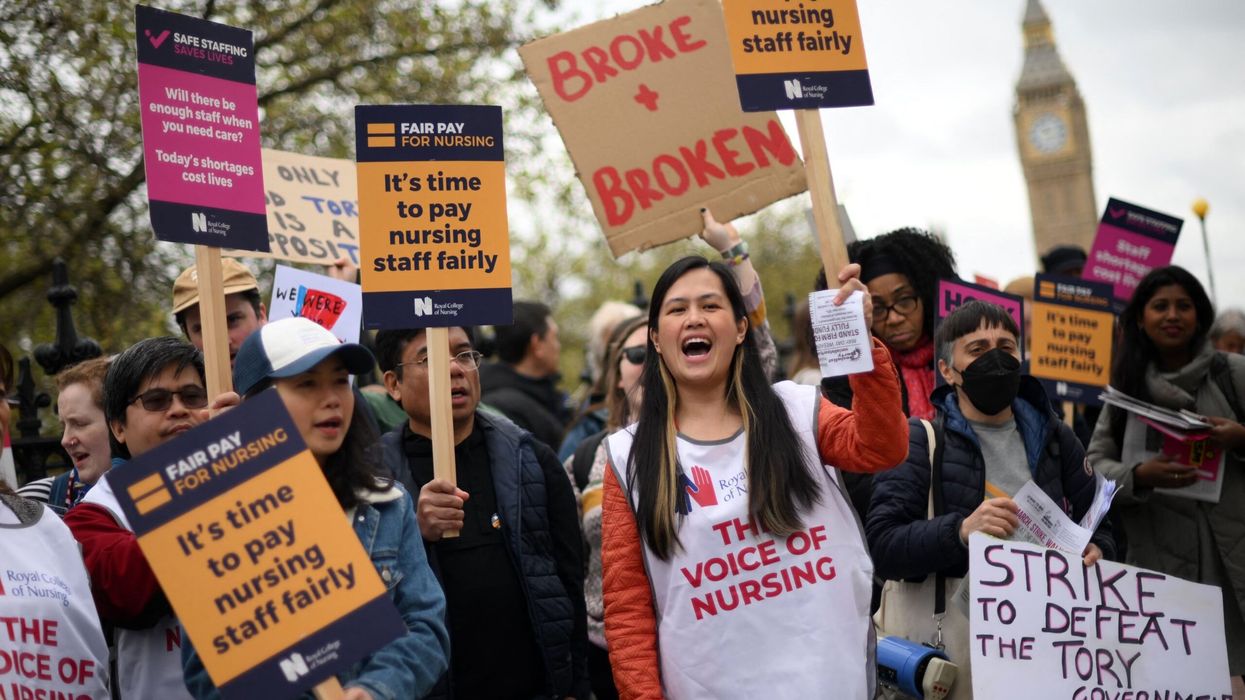
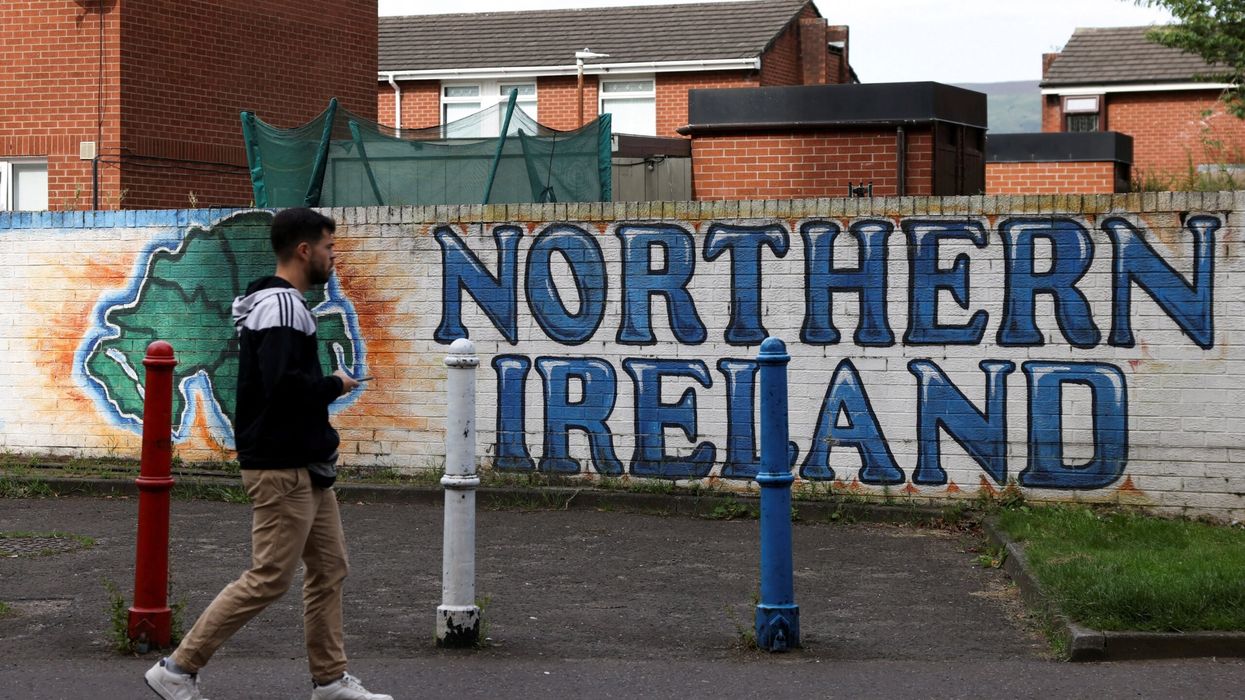
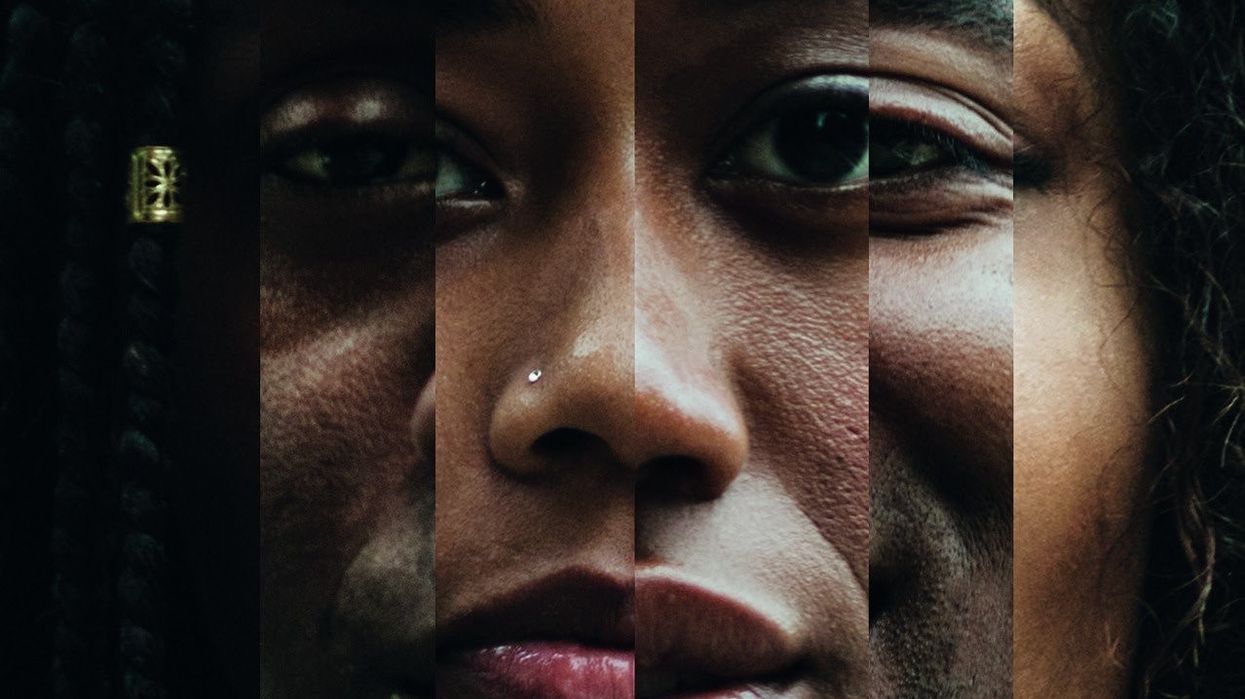

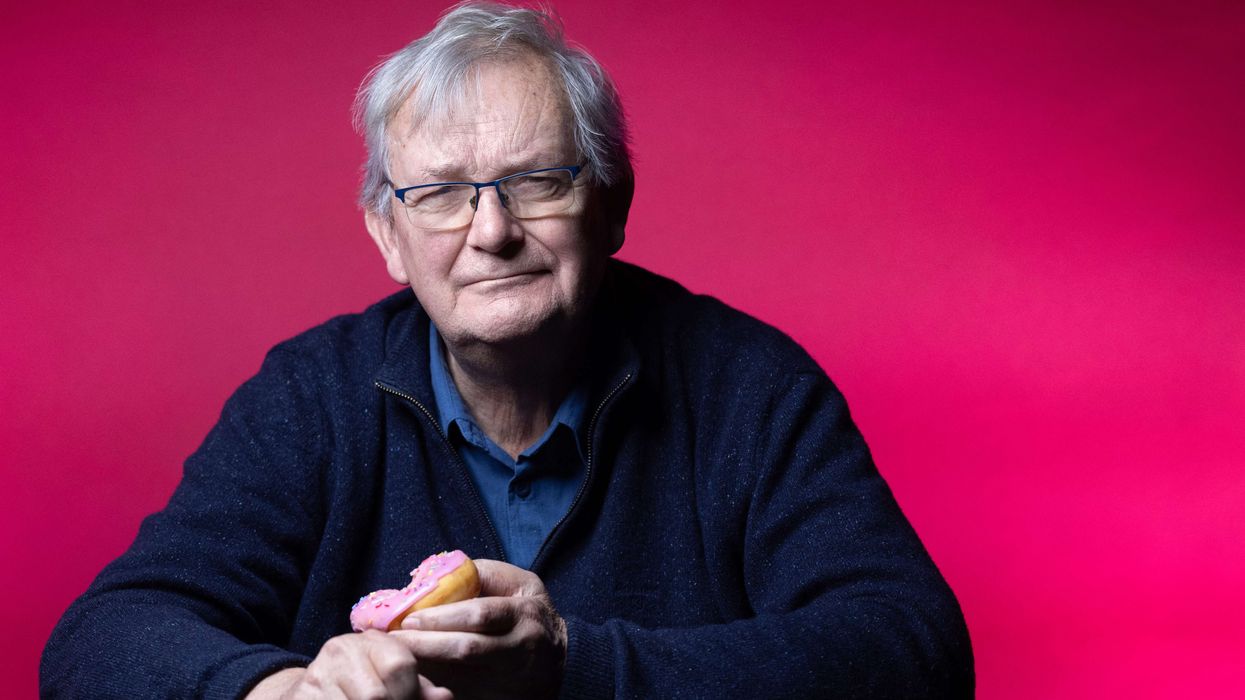
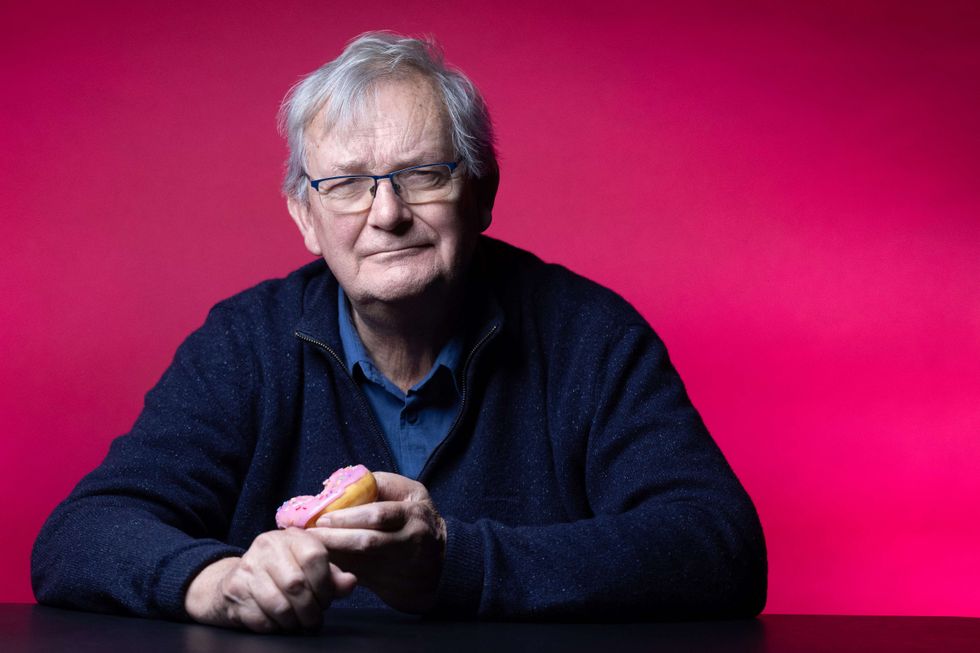 Martin Parr death at 73 marks end of Britain’s vivid chronicler of everyday life Getty Images
Martin Parr death at 73 marks end of Britain’s vivid chronicler of everyday life Getty Images 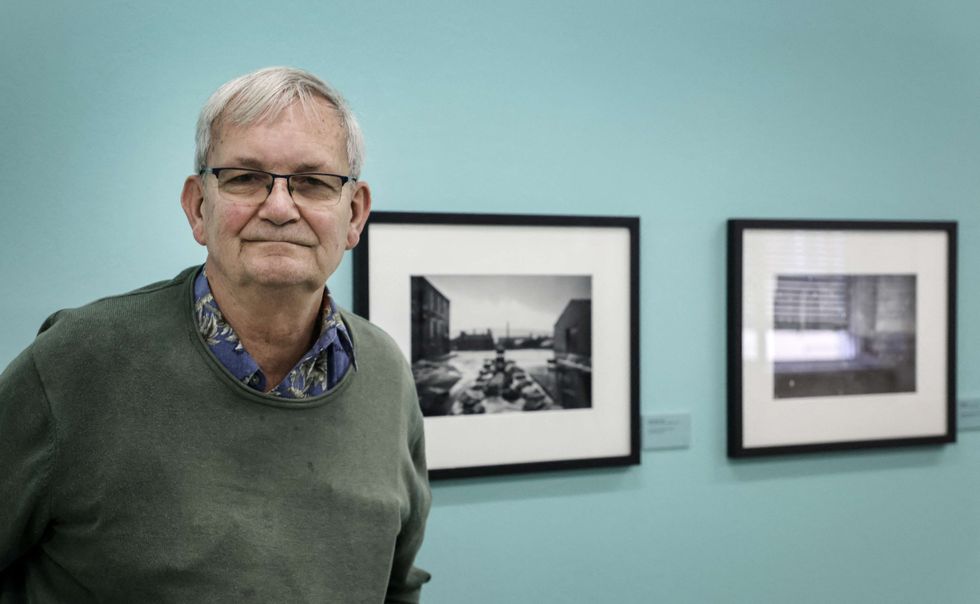 Martin Parr poses for a photo during the opening of his exhibition Early Works" at the Fotografie Forum Frankfurt" in FrankfurtGetty Images
Martin Parr poses for a photo during the opening of his exhibition Early Works" at the Fotografie Forum Frankfurt" in FrankfurtGetty Images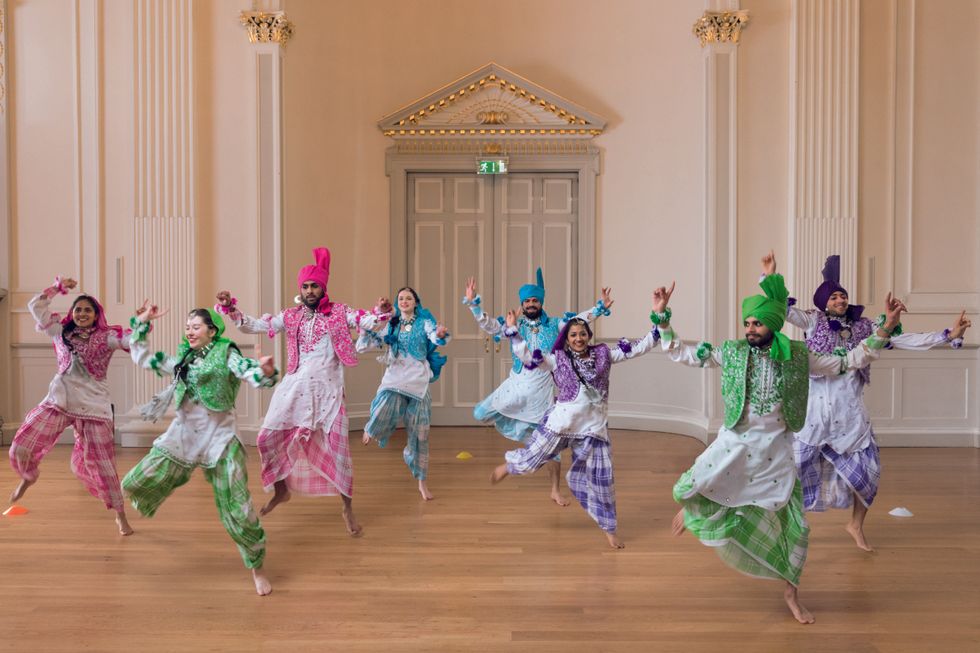 064-5 Bhangra - Photos Bhangra dancers, Assembly Rooms, Edinburgh, Scotland, 2017, commissioned by BBC One. Martin Parr / Magnum Photos / Rocket Gallery
064-5 Bhangra - Photos Bhangra dancers, Assembly Rooms, Edinburgh, Scotland, 2017, commissioned by BBC One. Martin Parr / Magnum Photos / Rocket Gallery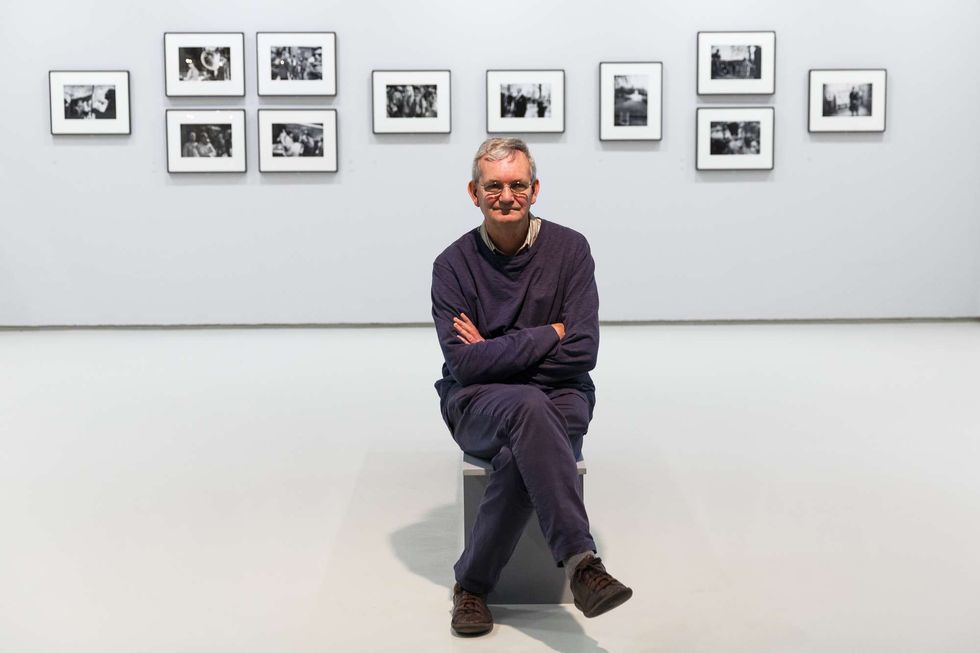 Martin Parr dies at 73 after capturing British elites, Asian communities, and post-Brexit BritainGetty Images
Martin Parr dies at 73 after capturing British elites, Asian communities, and post-Brexit BritainGetty Images






